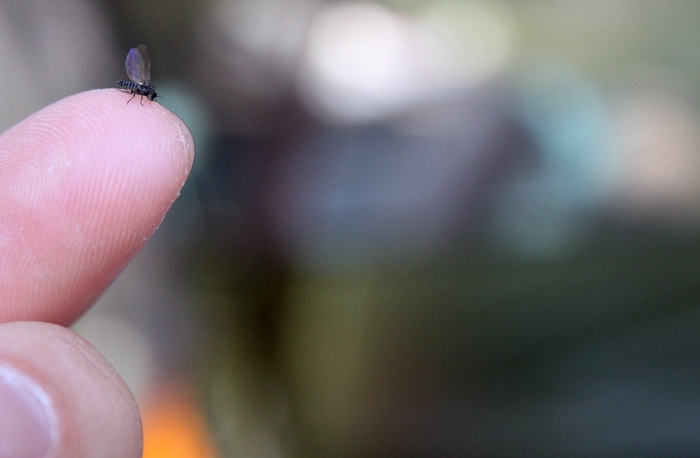Image courtesy of Eli Duke via Flickr Creative Commons
On September 30, 2019 research out of the Federal Universities of São Carlos, Sergipe, and São Paulo, Brazil along with the Oswaldo Cruz Foundation, Brazil and the National Institutes of Health, Maryland, suggested the emergence of a visceral Leishmania-like parasite that caused similar symptoms, but did not respond to the standard treatment for Leishmaniasis [1].
Leishmaniasis is a parasitic disease that is transmitted via the bite of infected sand flies. According to the World Health Organization (WHO), there are between 700,000 and 1 million cases per year [2]. There are three forms of Leishmaniasis, 1. cutaneous, which causes skin sores that can manifest in bumps or ulcers; 2. mucosal, which can spread from the skin to mucous membranes like the nose and throat; and the most severe type, 3. visceral, which can progress from fever and weight loss, to swelling of the spleen and liver resulting in low red and white blood cell and platelet counts [3]. If left untreated, visceral Leishmaniasis can be fatal in 95% of cases [4].
In 2012, after eight months of treating a 64-year-old Brazilian man for what doctors thought was visceral Leishmaniasis, with no response, the man died. Leishmania parasites were identified in the man along with two other parasites extracted from the patient’s skin (LVH60a) and bone marrow (LVH60). Investigators decided to conduct whole genome sequencing on the parasites. The sequencing determined that neither of the parasites extracted were related to the Leishmania genus as suspected. Rather, these parasites were more closely related to a group of Crithidia parasites that exclusively infect insects and have not been known to infect humans until now [1]. Crithidia parasites have been extensively studied due to their ability to infect the gut microbiome of bumble bees which has been linked to the rapid decline of several bumble bee species [5].
To determine the infectivity of the extracted parasite strains independent from the Leishmania parasites found in the individual, scientists injected the parasites into mice veins (intravenous) and under the skin of the ear. As a result of the intravenous injection, both strains were found in the liver and one of the two was found in the spleen (LVH60), but at very low rates compared to the Leishmania parasites. In the ear, however, the LVH60a parasite infection presented in a more severe and extensive injury than that caused by the Leishmania parasite.
This investigation marks the discovery of a potentially new emerging parasitic pathogen that is able to infect humans. Currently, Leishmaniasis is restricted to areas conducive to sand fly habitats, however, these Crithidia parasites have been found to infect sand flies as well as Anopheles and Culex mosquitos which could increase the potential geographic distribution of the disease. It is imperative to begin isolating the parasite from more vectors and individuals to track the true geographic distribution. Additionally, since there is no treatment for this parasitic disease, working to create diagnosis protocols to detect the presence in humans and testing drug susceptibility are necessary for control efforts to reduce the fatalities attributed to this new pathogen.
Sources
[1]: https://wwwnc.cdc.gov/eid/article/25/11/18-1548_article
[3]: https://www.cdc.gov/parasites/leishmaniasis/disease.html


